Description
The Unsung Heroes of Power Generation: Understanding Condenser Tubes
In the sprawling landscapes of power plants and industrial facilities, where energy conversion takes place on a massive scale, lies a critical component often overlooked: the condenser tube. These unassuming tubes play a vital role in the efficiency and reliability of steam-based power generation, acting as silent workhorses converting exhaust steam back into water for reuse. This article delves into the intricacies of condenser tubes, exploring their function, materials, design considerations, and the challenges they face.
The Role of Condenser Tubes in Steam Cycles
At the heart of many power generation systems lies the steam turbine. Superheated steam, generated by burning fossil fuels, nuclear reactions, or concentrated solar power, drives the turbine blades, generating electricity. After passing through the turbine, the steam is exhausted and enters the condenser. This is where condenser tubes come into play.
The condenser houses a vast network of these tubes, typically arranged in bundles. Coolant water, usually sourced from a nearby river, lake, or cooling tower, flows through the inside of the tubes. As the exhaust steam comes into contact with the cold outer surface of these tubes, it rapidly condenses back into liquid water. This process creates a vacuum in the condenser, which in turn increases the pressure difference across the turbine, leading to higher efficiency and more power output.
Material Matters: Choosing the Right Alloy
The harsh environment within a condenser demands materials that can withstand a multitude of challenges:
- Corrosion Resistance: Condenser tubes are constantly exposed to both steam and cooling water, often containing dissolved salts, pollutants, and microorganisms. Therefore, corrosion resistance is paramount.
- Heat Transfer: Efficient heat transfer is crucial for effective condensation. The material must possess high thermal conductivity to quickly dissipate heat from the steam to the coolant.
- Mechanical Strength: The tubes need to withstand the pressure differential between the steam and coolant, as well as vibrations and potential erosion from the flow of fluids.
- Cost-Effectiveness: Balancing performance with affordability is always a key consideration.
Common materials used for condenser tubes include:
- Copper Alloys: Brass, bronze, and copper-nickel alloys offer good thermal conductivity and corrosion resistance. They are particularly suitable for relatively clean cooling water environments.
- Stainless Steel: Austenitic stainless steels provide excellent corrosion resistance, especially in challenging water conditions. However, they generally have lower thermal conductivity than copper alloys.
- Titanium: Titanium offers exceptional corrosion resistance, even in highly corrosive seawater environments. It is lightweight and strong but also more expensive than other alternatives.
The choice of material depends heavily on the specific operating conditions and the characteristics of the cooling water.
Design and Maintenance: Optimizing Performance and Longevity
The design of condenser tubes and the condenser itself plays a crucial role in overall efficiency. Factors like tube diameter, length, spacing, and arrangement significantly impact heat transfer rates. Regular maintenance is equally important to ensure optimal performance and prevent costly failures. Common maintenance procedures include:
- Cleaning: Fouling of tubes with biological growth, mineral deposits, or debris reduces heat transfer efficiency. Regular cleaning, using techniques like chemical cleaning, hydroblasting, or mechanical brushing, is essential.
- Inspection: Periodic inspections are necessary to identify potential problems such as corrosion, erosion, and leaks. Nondestructive testing methods like eddy current testing and ultrasonic testing are often employed.
- Repair and Replacement: Damaged tubes must be promptly repaired or replaced to prevent further degradation and potential leaks.
Challenges and Future Trends
Condenser tubes face several challenges, including:
- Erosion-Corrosion: The combined effects of erosion from high-velocity fluids and corrosion can rapidly damage tubes, especially at inlet ends.
- Biofouling: The growth of microorganisms on tube surfaces can significantly reduce heat transfer and increase pressure drop.
- Stricter Environmental Regulations: Increasing regulations on cooling water discharge necessitate improved water treatment methods and alternative cooling technologies.
Future trends in condenser tube technology include:
- Advanced Materials: Research into new alloys with enhanced corrosion resistance and thermal conductivity is ongoing.
- Coatings: Applying protective coatings to tube surfaces can improve corrosion resistance and reduce fouling.
- Improved Cleaning Technologies: Developing more efficient and environmentally friendly cleaning methods is a priority.
- Optimized Design: Computational fluid dynamics (CFD) modeling is being used to optimize condenser design for improved heat transfer and reduced pressure drop.
Conclusion
Condenser tubes are the unsung heroes of power generation, playing a vital role in converting exhaust steam back into water and maximizing power plant efficiency. By understanding the challenges they face and embracing new technologies, we can ensure the continued reliability and efficiency of these critical components, contributing to a more sustainable energy future. Efficient and well-maintained condenser tubes are not just about saving money; they are about maximizing energy output and minimizing environmental impact.

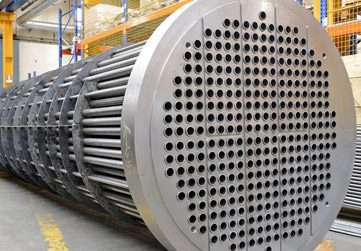
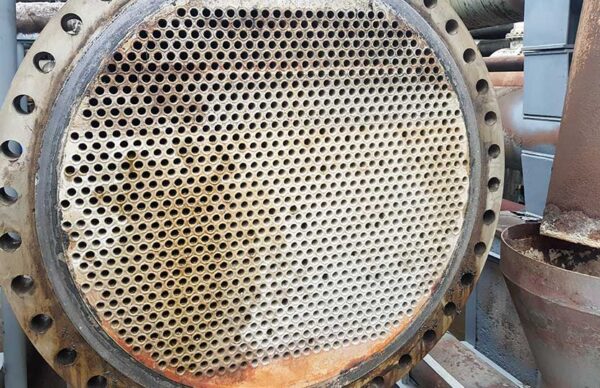
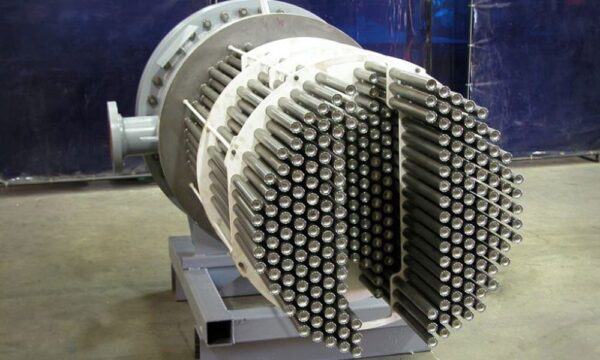

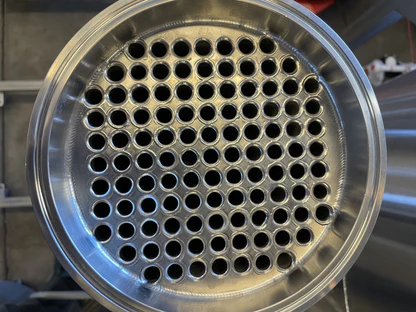
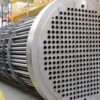
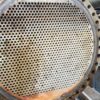
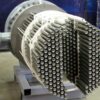
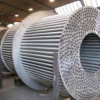
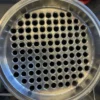

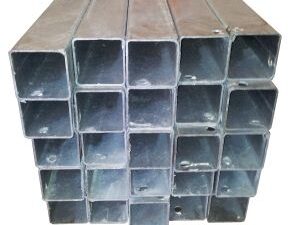

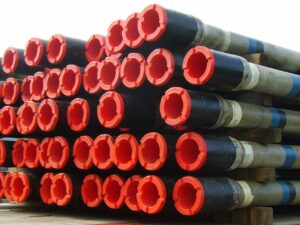
Reviews
There are no reviews yet.